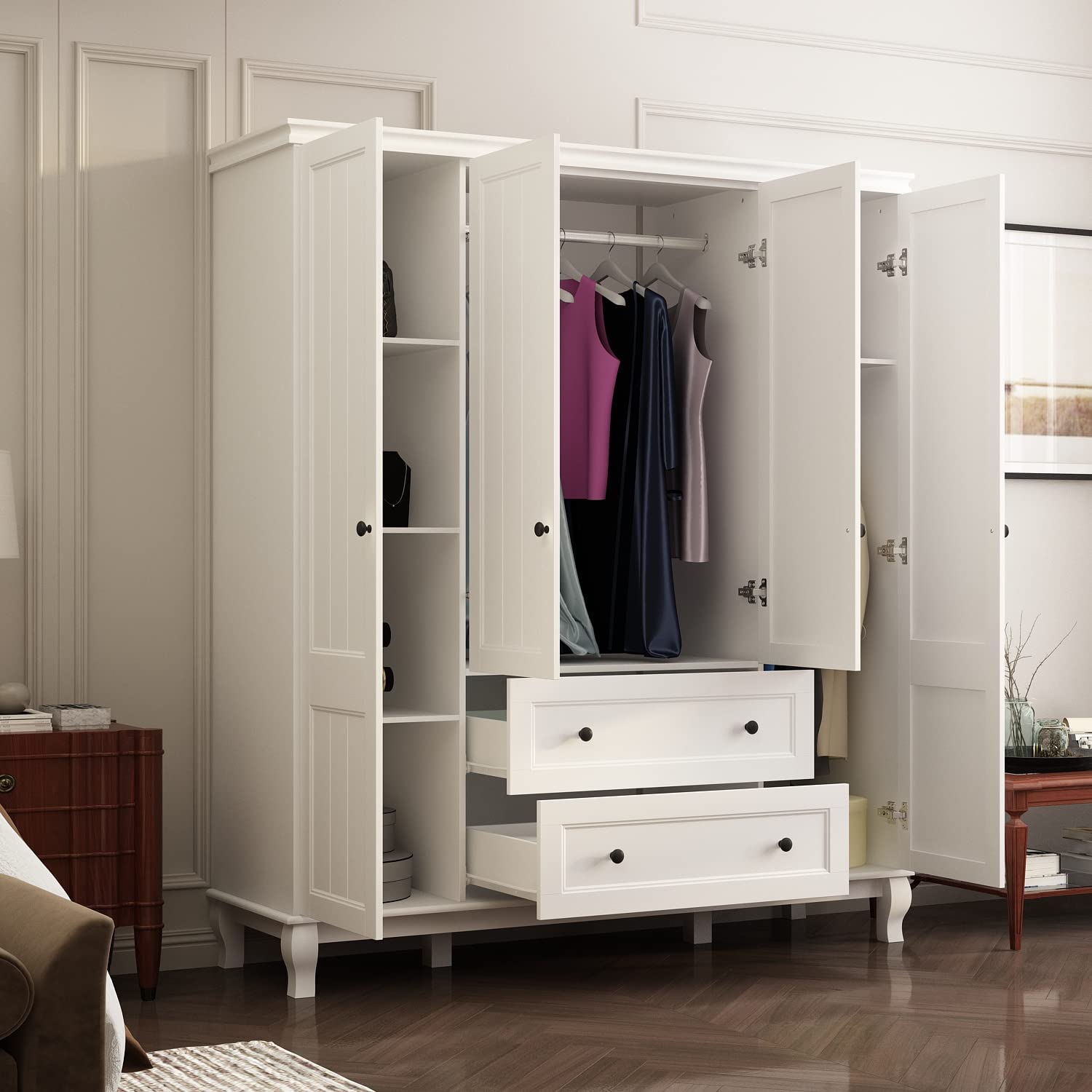

Articles
How To Build Bedroom Closet
Modified: January 23, 2024
Discover how to build your dream bedroom closet with our comprehensive guide. Get expert tips on designing and organizing your bedroom furniture for maximum functionality and style.
(Many of the links in this article redirect to a specific reviewed product. Your purchase of these products through affiliate links helps to generate commission for Storables.com, at no extra cost. Learn more)
Introduction
Welcome to the ultimate guide on how to build a bedroom closet! Having a well-designed and functional closet is essential for keeping your bedroom tidy and organized. Whether you’re starting from scratch or looking to revamp your current closet, this comprehensive guide will take you through the step-by-step process of planning, designing, and constructing a closet that meets all your storage needs.
A well-organized bedroom closet not only provides you with easy access to your clothes, shoes, and accessories but also helps optimize your living space and create a clutter-free environment. By following this guide, you’ll be able to customize your closet to perfectly match your preferences and make the most of the available space.
Before embarking on the journey of building a bedroom closet, it’s important to have a clear understanding of your storage requirements and the overall aesthetics you wish to achieve. By carefully planning and designing your closet, you can ensure that it will not only be functional but also visually appealing.
This guide will walk you through the process of selecting the right location for your closet, measuring and assessing the available space, choosing the materials and tools needed, building the closet frame, installing shelves and hanging rods, adding doors and finishing touches, as well as organizing and maximizing storage space.
Once your closet is built, we will also provide tips on how to properly maintain and upkeep it, ensuring that it continues to serve your needs for years to come.
So, whether you’re a DIY enthusiast looking for a weekend project or a homeowner seeking to optimize your bedroom storage, this guide is here to help you create the perfect bedroom closet. Let’s dive in and start building your dream closet!
Key Takeaways:
- Planning and designing your bedroom closet is crucial for creating a space that meets your storage needs and complements your room’s aesthetics. Careful measurements, material selection, and layout planning are essential for a successful closet construction.
- Regular maintenance and organization are key to preserving the functionality and longevity of your bedroom closet. From decluttering and utilizing storage space to monitoring humidity and addressing wear and tear, proactive upkeep ensures a well-organized and efficient closet.
Read more: How To Organize A Bedroom With No Closet
Planning and Designing your Bedroom Closet
When it comes to building a bedroom closet, proper planning and design are crucial for creating a space that not only meets your storage needs but also complements the overall aesthetics of your room. Here are some key steps to consider while planning and designing your bedroom closet.
1. Assess Your Storage Requirements: Begin by evaluating your storage needs. Take inventory of your clothing, shoes, accessories, and any other items you plan to store in your closet. This will help you determine the amount of hanging space, shelving, and drawer units required.
2. Consider Your Lifestyle: Think about how you utilize your wardrobe on a daily basis. Do you have a lot of dresses and suits that require ample hanging space? Or do you prefer folded clothes in drawers? Understanding your lifestyle and preferences will help you design a closet that suits your specific needs.
3. Determine Your Budget: Before diving into the design phase, establish a budget for your closet project. This will help you make decisions on materials, finishes, and additional features that align with your financial constraints.
4. Take Room Measurements: Measure the dimensions of your room, including height, width, and depth. This information is crucial for designing a closet that fits seamlessly into the available space. Consider any architectural elements, such as windows, doors, or sloped ceilings, which may impact the layout and design of your closet.
5. Sketch the Layout: Create a rough sketch of your ideal closet layout. Determine where you want to place hanging rods, shelves, drawers, shoe racks, and any other storage components. Think about organizing your items in a way that makes sense to you, such as separating by category or color.
6. Seek Inspiration: Look for inspiration online or in home improvement magazines to gather ideas for closet designs. Take note of styles, materials, and storage solutions that resonate with you. This will help you refine your vision and make informed decisions during the design process.
7. Consider Lighting: Adequate lighting is essential in a closet to enhance visibility and make it easier to find items. Think about incorporating various lighting options, such as overhead fixtures, LED strips, or spotlights, to illuminate your closet effectively.
8. Choose Materials and Finishes: Select the materials and finishes that align with your design and budget. Consider factors such as durability, aesthetics, and maintenance requirements. Popular choices for closet materials include wood, wire shelving, and laminate options.
By following these steps and thoroughly planning and designing your bedroom closet, you’ll set a solid foundation for a successful construction process. Remember to keep functionality, your storage needs, and personal preferences in mind while creating the ideal closet layout for your space.
Choosing the Right Location for your Closet
When it comes to building a bedroom closet, choosing the right location is essential for creating a functional and convenient space. Here are some important factors to consider when deciding where to place your closet.
1. Accessibility: Consider the accessibility of the location. The closet should be easily accessible from the main area of your bedroom, allowing you to conveniently reach for your clothes and belongings. Avoid placing it in a corner or a hard-to-reach area that may disrupt the flow of your daily routine.
2. Proximity to Dressing Area: Ideally, the closet should be located close to the dressing area of your bedroom. This makes it easier to select and try on clothes without having to walk too far. Having the closet adjacent to or near the bathroom can also be beneficial for changing and getting ready in the morning.
3. Consider Space Constraints: Take into account the available space in your bedroom. If your room is small, consider utilizing a wall or corner that might otherwise go unused. Customizing the closet to fit and maximize the available space can help you create an efficient storage solution.
4. Natural Lighting: Consider the availability of natural lighting in the chosen location. Natural light not only enhances the visibility inside the closet but also creates a bright and inviting atmosphere. Placing the closet near a window or incorporating glass doors can help bring in natural light and make the space feel more open.
5. Electrical Access: If you plan to incorporate lighting or electrical outlets into your closet, ensure that the chosen location has easy access to electrical connections. This will eliminate the need for extensive wiring or additional electrical work, making the installation process more straightforward.
6. Noise Considerations: Take into account any noise sources that might impact the location of your closet. If your bedroom is adjacent to a noisy area, such as a busy street or a shared wall with a loud neighbor, consider placing the closet on the opposite side to minimize disturbances while you’re getting ready.
7. Future Expansion: Think about your future needs and the potential for expanding or reconfiguring your closet. If you anticipate an increase in clothing or storage requirements, selecting a location that allows for future expansion can save you time and effort down the line.
By carefully choosing the right location for your bedroom closet, you’ll ensure that it integrates seamlessly into your bedroom layout and enhances your daily routine. Remember to consider accessibility, proximity to your dressing area, space constraints, natural lighting, electrical access, noise considerations, and potential for future expansion when deciding where to place your closet.
Measuring and Assessing the Space
Once you have chosen the location for your bedroom closet, the next crucial step is to measure and assess the available space. Accurate measurements are essential for designing and constructing a closet that fits perfectly into the designated area. Here are some key steps to follow when measuring and assessing the space.
1. Get the Right Tools: Start by gathering the necessary tools for accurate measurements. These may include a measuring tape, a level, a pencil, and paper or a digital device to record the measurements.
2. Measure the Dimensions: Begin by measuring the height, width, and depth of the space allotted for your closet. Measure from the floor to the ceiling to determine the maximum height available. Additionally, measure the width of the space from wall to wall, and the depth from the back wall to the front.
3. Assess Obstructions: Take note of any existing obstructions that may affect the closet design. These can include doors, windows, electrical outlets, light switches, or HVAC vents. Make sure to leave sufficient clearance around these obstructions so that your closet doesn’t interfere with their functionality.
4. Consider Ceiling Slopes and Corners: If your space has sloped ceilings or corners, measure the height at multiple points to determine the average height and ensure that your closet design accommodates these variations. This will help in selecting the appropriate size and configuration of shelving and hanging rods.
5. Note Floor and Wall Conditions: Take note of any irregularities on the floor or walls that may affect the installation of the closet components. This includes baseboards, trim, molding, or uneven flooring. These details will be crucial when building the closet frame and installing the shelves.
6. Consider Ventilation and Airflow: Assess the ventilation and airflow in the designated space for your closet. Proper airflow is important to prevent moisture build-up and promote fresh air circulation. Ensure that your closet design allows for adequate ventilation and does not block any air vents or windows.
7. Record Measurements and Notes: As you take measurements and assess the space, record accurate measurements and notes. These will serve as a reference point during the design and construction phases. A detailed sketch or digital layout can be helpful in visualizing your closet and making informed decisions along the way.
By diligently measuring and assessing the space, you’ll have a solid foundation for designing and building your bedroom closet. Accurate measurements ensure that the closet will fit seamlessly into the allocated area, maximizing storage space and functionality. Remember to consider any obstructions, ceiling slopes, wall conditions, airflow, and ventilation during this process, as they will impact your closet design.
Selecting the Right Materials and Tools
Choosing the right materials and tools for building your bedroom closet is essential to ensure a durable and functional result. The materials you select will impact the overall design, aesthetics, and longevity of your closet. Here are some key considerations when selecting materials and tools for your project.
1. Closet Materials: There are various materials to consider for your closet, including wood, wire shelving, laminate, or a combination of these. Each material has its own advantages and considerations. Wood offers a classic and customizable option, while wire shelving provides a cost-effective and adjustable solution. Laminate is durable and easy to maintain. Consider your budget, desired aesthetics, and the durability required for your storage needs when choosing the materials.
2. Hardware and Accessories: Don’t forget about the hardware and accessories that will enhance the functionality and organization of your closet. This includes handles, knobs, hooks, hinges, drawer slides, and other hardware components. Choose hardware that matches the style and finish of your closet materials while ensuring they are durable and of good quality.
3. Tools: Having the right tools will make the construction process easier and more efficient. Some essential tools for building a bedroom closet include a tape measure, level, drill, screwdriver, saw, clamps, and hammer. Depending on the complexity of your closet design, you may need additional tools such as a miter saw, circular saw, or router. Make sure to have these tools readily available before starting the construction process.
4. Finishes: Choosing the right finishes will add the final touch to your closet, enhancing its aesthetics and durability. Consider finishes such as paint, varnish, or stain for wooden components, and select colors or finishes that complement your bedroom decor. Pay attention to the durability and maintenance requirements of different finishes to ensure they withstand daily use.
5. Safety Considerations: When selecting materials and tools, prioritize safety. Ensure that all materials are safe and free from toxic substances. Work with reliable brands and consider the weight-bearing capacity of your chosen materials to guarantee the stability and safety of your closet.
6. Budget: Set a budget for your closet project and consider materials and tools that fit within your financial constraints. It’s important to balance cost-effectiveness with quality to ensure the longevity of your closet while staying within your allocated budget.
7. Environmental Impact: If sustainability is a factor in your decision-making process, consider eco-friendly materials and finishes for your closet. Look for materials that have been responsibly sourced or have a low environmental impact. This will help reduce your carbon footprint and contribute to a more sustainable living environment.
By carefully selecting the right materials and tools, you’ll ensure the durability, functionality, and visual appeal of your bedroom closet. Consider the materials, hardware, finishes, tools, safety, budget, and environmental impact when making your choices. With these considerations in mind, you’ll be well-equipped to start building a closet that meets your storage needs and enhances the overall aesthetics of your bedroom.
Read more: How To Organize A Bedroom Closet
Building the Closet Frame
Building the closet frame is a crucial step in constructing your bedroom closet. The frame provides the structural support for the shelves, hanging rods, and other components of the closet. Here are some key steps to follow when building the closet frame.
1. Gather the Materials and Tools: Before you begin, make sure you have all the necessary materials and tools readily available. This may include lumber, screws, a drill, measuring tape, level, and a saw, among others.
2. Measure and Mark: Start by measuring and marking the dimensions of the closet frame on the walls and floor. Use a measuring tape and level to ensure accuracy. Mark the locations of vertical uprights, horizontal supports, and any other structural elements you plan to include.
3. Cut the Lumber: With the measurements and markings in place, proceed to cut the lumber to the appropriate sizes using a saw. Cut the vertical uprights to the desired height, taking into consideration any sloping ceilings or uneven floors. Cut the horizontal supports to fit between the uprights.
4. Attach the Uprights to the Wall: Position the vertical uprights against the wall, aligning them with the previously marked locations. Use a drill and screws to secure them to the wall studs. Ensure that the uprights are level and plumb before moving on to the next step.
5. Install the Horizontal Supports: Attach the horizontal supports between the vertical uprights, creating the frame for your closet. These supports will provide stability and reinforce the structure. Use screws or nails to secure the supports in place, ensuring they are level and properly aligned.
6. Add Additional Supports: Depending on the size and design of your closet, you may need to add additional supports for added strength and stability. These supports can be installed vertically or diagonally within the frame, as needed. Secure them in place using screws or nails.
7. Double-Check the Alignment: Take a moment to double-check the alignment and stability of the closet frame. Use a level to ensure that the frame is straight and that all components are securely fastened. Make any necessary adjustments before proceeding.
8. Reinforce the Corners: Reinforce the corners of the closet frame by adding corner braces or brackets. These will provide additional strength and stability. Use screws to attach the braces or brackets at each corner of the frame.
9. Prepare for Shelves and Hanging Rods: Depending on your closet design, you may need to add additional support structures to accommodate shelves and hanging rods. Measure and mark the locations for these components and install them according to your design plan.
10. Finish and Sand: Once the closet frame is complete, take the time to finish and sand any rough edges or surfaces. This will create a smooth and polished look for your closet frame.
Building the closet frame is a critical step in the construction process as it sets the foundation for the rest of your closet design. By following these steps and using the right materials and tools, you’ll create a sturdy and well-structured frame that will support your shelves, hanging rods, and other closet components with ease.
When building a bedroom closet, make sure to measure the space accurately and plan for enough storage for your needs. Consider adding shelves, drawers, and hanging rods for maximum functionality.
Installing Shelves and Hanging Rods
Installing shelves and hanging rods is an important step in completing your bedroom closet. These components provide the necessary storage and organization for your clothes, shoes, and accessories. Here are the key steps to follow when installing shelves and hanging rods in your closet.
1. Plan the Layout: Take some time to plan the layout of your shelves and hanging rods. Consider the height and spacing that will best accommodate your clothing and storage needs. Keep in mind that you may want to reserve some space for larger items, such as coats or dresses.
2. Measure and Mark: Use a measuring tape and level to measure and mark the desired locations for the shelves and hanging rods. Ensure that the marks are level and evenly spaced. Take into account the height of the items you plan to store on the shelves and hanging rods.
3. Install Shelf Supports: Begin by installing shelf supports on the sides of the closet frame. These supports will hold the shelves in place. Measure and mark the locations for the supports, ensuring that they are evenly spaced. Attach the supports using screws or nails.
4. Cut and Install Shelves: Cut the shelves to the desired dimensions, allowing for a proper fit within the closet frame. Place the shelves on top of the supports and secure them in place using screws or shelf brackets. Make sure the shelves are level and well-supported to prevent sagging.
5. Install Hanging Rod Supports: Determine the desired locations for the hanging rods and install the supports accordingly. Use a level to ensure that the supports are evenly positioned and mark their placement on the closet sides. Attach the supports securely using screws or brackets.
6. Cut and Install Hanging Rods: Measure the desired length for the hanging rods and cut them accordingly. Insert the rods into the supports and ensure they are level and securely attached. Test the rods’ stability by applying some weight to them to ensure they can hold the anticipated clothing load.
7. Secure all Components: Once the shelves and hanging rods are in place, double-check that all components are securely fastened. Ensure that the shelves and rods are level, aligned, and well-supported. Make any necessary adjustments to ensure the stability and durability of your closet.
8. Add Finishing Touches: Once the shelves and hanging rods are installed, add any finishing touches such as trim or molding to enhance the overall aesthetics of your closet. Consider painting or staining the shelves and rods to match the desired look and feel of your bedroom.
By following these steps, you’ll be able to install shelves and hanging rods in your bedroom closet effectively. Remember to measure carefully, plan the layout, and ensure the components are securely attached for a functional and organized storage solution.
Adding Doors and Finishing Touches
Adding doors and finishing touches to your bedroom closet not only enhances the visual appeal but also provides privacy and further organization for your belongings. Here are the key steps to follow when adding doors and completing the final touches of your closet.
1. Select the Right Doors: Consider the style and functionality of your closet doors. There are various options to choose from, including sliding doors, bi-fold doors, or hinged doors. Ensure that the chosen doors fit the dimensions of your closet opening and align with the overall aesthetics of your bedroom.
2. Measure and Mark: Measure the height and width of the closet opening to determine the required dimensions for your doors. Use a measuring tape and level to ensure accuracy. Mark the locations for hinges or tracks on the closet frame and floor.
3. Install Door Hinges or Tracks: If you have opted for hinged doors, attach the hinges to the closet frame using screws. Make sure the hinges are properly aligned and securely fastened. If using sliding doors, install the tracks along the top and bottom of the closet frame, following the manufacturer’s instructions.
4. Attach the Doors: With the hinges or tracks in place, attach the doors to the closet frame. For hinged doors, insert the hinges into the corresponding hinges on the frame and secure them with screws. For sliding doors, align the doors with the tracks and attach them according to the manufacturer’s instructions.
5. Adjust and Level the Doors: After attaching the doors, ensure that they open and close smoothly. Adjust the hinges or tracks as needed to achieve proper alignment and ensure that the doors are level. This will prevent any binding or rubbing against the frame.
6. Install Door Handles or Knobs: Complete the functionality and aesthetics of your closet doors by installing handles or knobs. Choose hardware that complements the overall style of your bedroom and aligns with your personal preferences. Attach the handles or knobs to the doors using screws or bolts.
7. Paint or Stain: Consider painting or staining the doors to match the desired look and feel of your bedroom. Ensure that the chosen finish is appropriate for the materials used in your doors. Apply a primer if necessary, followed by your chosen paint or stain. Allow sufficient drying time before handling or using the doors.
8. Add Finishing Touches: Once the doors are installed, take some time to add finishing touches to your closet. This may include adding decorative trim or molding to the closet frame, installing lighting fixtures to illuminate the interior, or incorporating organizational accessories such as hooks or baskets for additional storage options.
By following these steps, you’ll be able to add doors and complete the finishing touches of your bedroom closet. Remember to carefully measure, choose appropriate doors, adjust and level the doors, install handles or knobs, and consider painting or staining for a polished and functional closet that complements your bedroom decor.
Organizing and Maximizing Storage Space
Now that your bedroom closet is built and finished, it’s time to focus on organizing and maximizing your storage space. A well-organized closet not only makes it easier to find and access your items but also ensures that you can make the most of the available space. Here are some key steps to follow when organizing and maximizing storage space in your closet.
1. Declutter: Start by decluttering your wardrobe. Sort through your clothes, shoes, and accessories and consider donating or discarding items that you no longer wear or need. This will create more space and make it easier to organize your remaining belongings.
2. Categorize Items: Categorize your items by type (e.g., shirts, pants, dresses) or by occasion (e.g., workwear, casual wear, formal wear). This will help you determine the most efficient way to organize and store your belongings within the closet.
3. Utilize Vertical Space: Make use of vertical space in your closet by installing additional shelves or stackable organizers. This allows you to maximize storage space and create tiers for your folded clothes, accessories, or shoe collection.
4. Utilize Hanging Space: Optimize hanging space by utilizing hangers that allow for multiple items, such as cascading hangers or space-saving hangers. This ensures that you can hang more clothes while keeping them wrinkle-free and easily accessible.
5. Use Drawer Dividers: Incorporate drawer dividers to keep your smaller clothing items, accessories, and undergarments organized. This will prevent them from becoming jumbled and difficult to find. Consider adjustable or customizable dividers to accommodate different storage needs.
6. Incorporate Bins or Baskets: Utilize bins or baskets to corral items that don’t have a specific place in your closet. These can include items such as belts, scarves, or workout gear. Label the bins or use clear containers for easy identification.
7. Utilize the Door Space: Make use of the space on the inside of your closet doors. Install hooks or hanging organizers to hold accessories, belts, or purses. This allows you to take advantage of otherwise unused space and keeps these items easily accessible.
8. Group Similar Items: Group similar items together, such as shirts of the same color or pants of the same style. This not only helps with organization but also makes it easier to select outfits or locate specific items quickly.
9. Maintain Regularly: Regularly assess and reorganize your closet as needed. This can include rotating seasonal items, purging unused or worn-out items, and adjusting storage solutions to accommodate changes in your wardrobe.
10. Add Lighting: Consider adding lighting to your closet to improve visibility and make it easier to see and access your items. This can be achieved through overhead lighting, LED strips, or motion-sensor lights.
By following these steps, you’ll be able to organize and maximize the storage space in your bedroom closet. Remember to declutter, categorize, utilize vertical and hanging space, use drawer dividers, incorporate bins or baskets, utilize the door space, group similar items, maintain regularly, and add lighting. These practices will help you create an efficient and well-organized closet that makes getting dressed a breeze.
Read more: How To Turn Bedroom Into Closet
Maintenance and Upkeep of your Bedroom Closet
Maintaining your bedroom closet is important to ensure its longevity and continued functionality. Regular upkeep will help preserve the organization, cleanliness, and overall condition of your closet. Here are some key steps to follow for the maintenance and upkeep of your bedroom closet.
1. Regular Cleaning: Dedicate time to regularly clean your closet. Remove any dust, dirt, or debris that may have accumulated on the shelves, hanging rods, or floor. Wipe down surfaces, vacuum or sweep the floor, and use a gentle cleaner for any stains or spots. Regular cleaning will keep your closet looking fresh and prevent the buildup of dirt or odors.
2. Avoid Overloading: Be mindful of the weight capacity of your closet components, such as shelves and hanging rods. Avoid overloading them with excessive weight, as this can lead to sagging or damage. Consider redistributing items or adding additional support if needed.
3. Check for Wear and Tear: Regularly inspect your closet for any signs of wear and tear. Look for loose screws, damaged shelves or rods, and any other issues that may affect the structural integrity of the closet. Address any repairs promptly to prevent further damage.
4. Lubricate Sliding Hardware: If your closet doors have sliding hardware, periodically lubricate the tracks to ensure smooth opening and closing. Use a silicone-based lubricant or a recommended lubricant that won’t attract dust or debris.
5. Monitor Humidity and Moisture: Pay attention to the humidity and moisture levels in your closet. Excessive humidity can cause mold or mildew growth, especially in spaces with limited ventilation. Consider using moisture-absorbing products such as silica gel or dehumidifiers to control moisture levels.
6. Address Stains and Spills Promptly: Accidents happen, so it’s important to address stains or spills on your closet surfaces promptly. Use an appropriate cleaner or stain remover and gently blot the affected area. Avoid scrubbing vigorously to prevent damaging the finish of your closet materials.
7. Rotate Seasonal Items: To make the most of your closet space, periodically rotate seasonal items. Store out-of-season clothing, accessories, or footwear in vacuum-sealed bags or storage containers to free up space and keep them in good condition.
8. Assess and Reorganize: Periodically reassess your closet organization and reorganize as needed. You may find that your storage needs change over time, or certain items are no longer needed. Adjust shelves, hanging rods, or storage solutions to accommodate your evolving wardrobe.
9. Use Protective Liners: Consider using liners or padding for delicate items or to protect shelves and drawers from scratches or damage. Liners can also be used to prevent items from slipping or sliding.
10. Maintain Good Airflow: Ensure good airflow within your closet by keeping it well-ventilated. If necessary, use a fan or open doors periodically to circulate air and prevent stagnant moisture or odors.
By following these maintenance tips, you can preserve the condition and functionality of your bedroom closet for years to come. Regular cleaning, avoiding overloading, checking for wear and tear, lubricating sliding hardware, monitoring humidity, addressing spills promptly, rotating seasonal items, reassessing and reorganizing, using protective liners, and maintaining good airflow will help keep your closet in excellent shape.
Conclusion
Building and maintaining a well-designed bedroom closet is essential for keeping your space organized, functional, and visually appealing. By following the steps outlined in this guide, you can create a closet that perfectly meets your storage needs while enhancing the overall aesthetics of your bedroom.
Starting with careful planning and design, you can customize your closet to match your lifestyle, preferences, and space constraints. Properly measuring and assessing the space will ensure that your closet fits seamlessly into the designated area. Selecting the right materials and tools will guarantee a durable and well-constructed closet frame.
With the closet frame in place, installing shelves and hanging rods provides efficient storage space for your clothing and accessories. Adding doors and finishing touches adds a polished and personalized touch to your closet, further enhancing its functionality and visual appeal.
To maintain your bedroom closet, practicing regular cleaning, avoiding overloading, checking for wear and tear, and addressing any issues promptly will maximize its longevity and functionality. Regular reorganization, adjusting storage solutions, and maintaining good airflow will help you make the most of your storage space.
Remember, a well-organized closet not only allows for easy access to your belongings but also creates a peaceful and clutter-free environment in your bedroom. With a well-designed and meticulously maintained bedroom closet, you can start your mornings off right and enjoy a stress-free and efficient experience when getting dressed.
So, use this guide as your roadmap and let your creativity shine as you build and maintain the perfect bedroom closet that reflects your personal style and meets your storage needs. Happy organizing!
Frequently Asked Questions about How To Build Bedroom Closet
Was this page helpful?
At Storables.com, we guarantee accurate and reliable information. Our content, validated by Expert Board Contributors, is crafted following stringent Editorial Policies. We're committed to providing you with well-researched, expert-backed insights for all your informational needs.
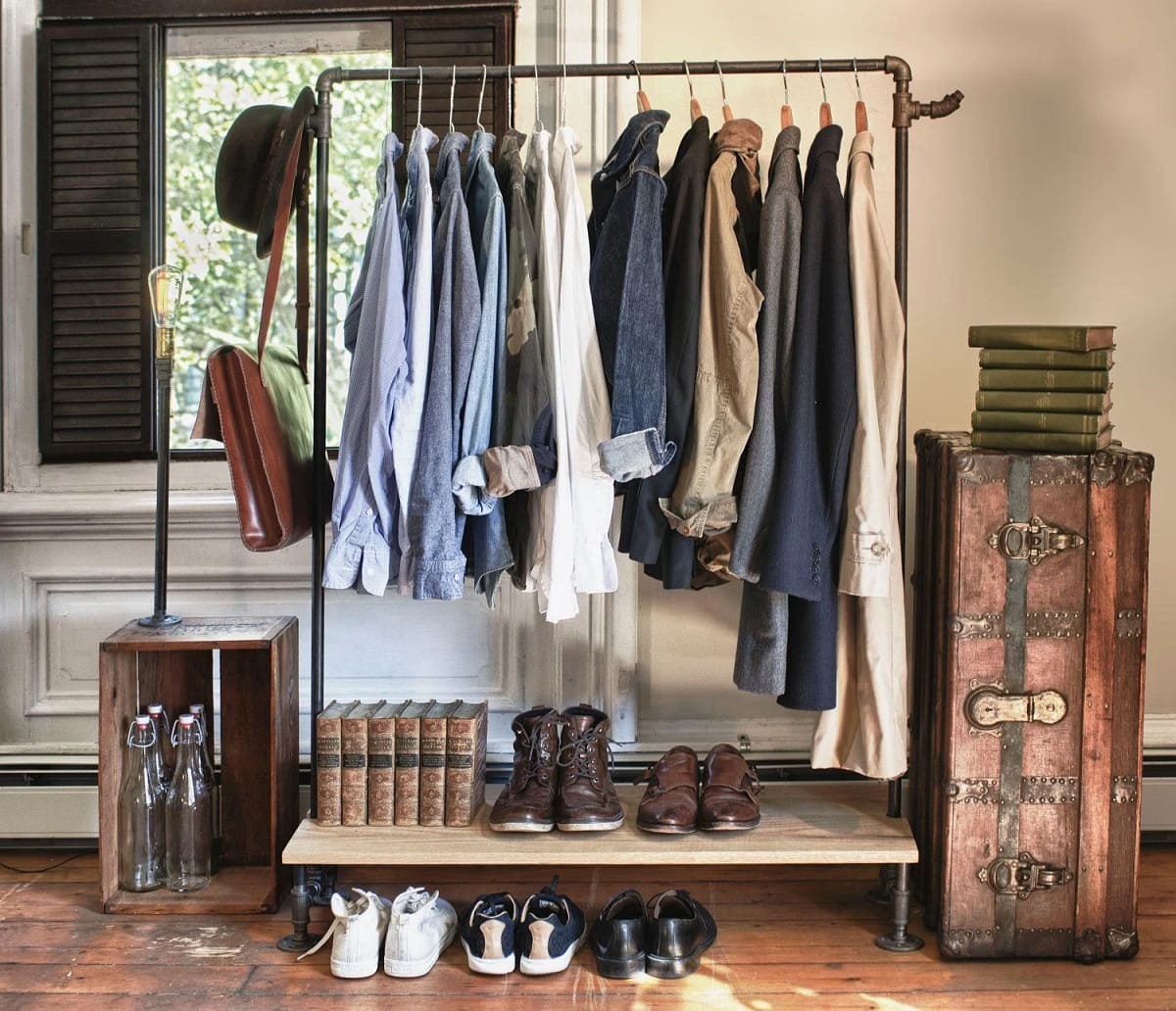
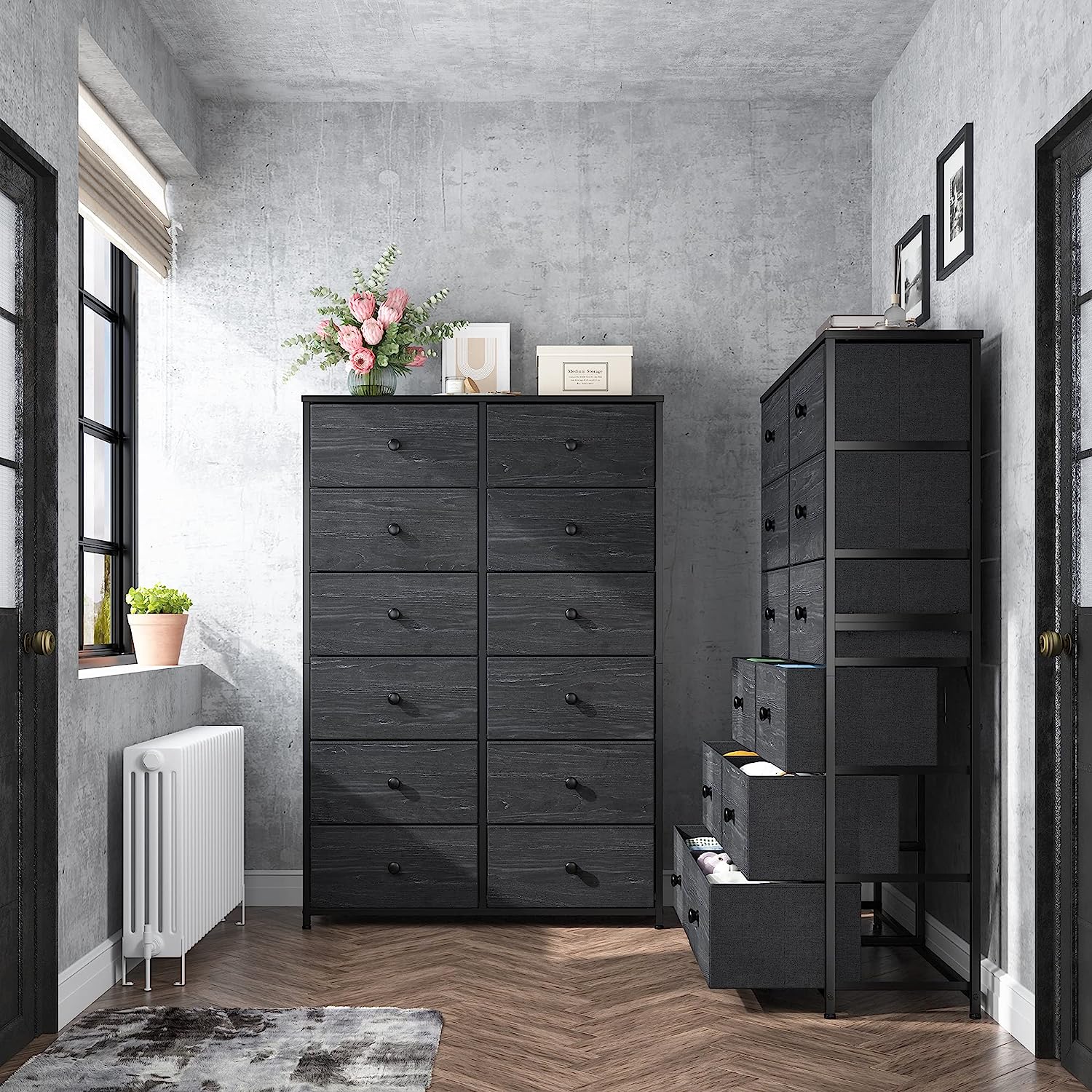
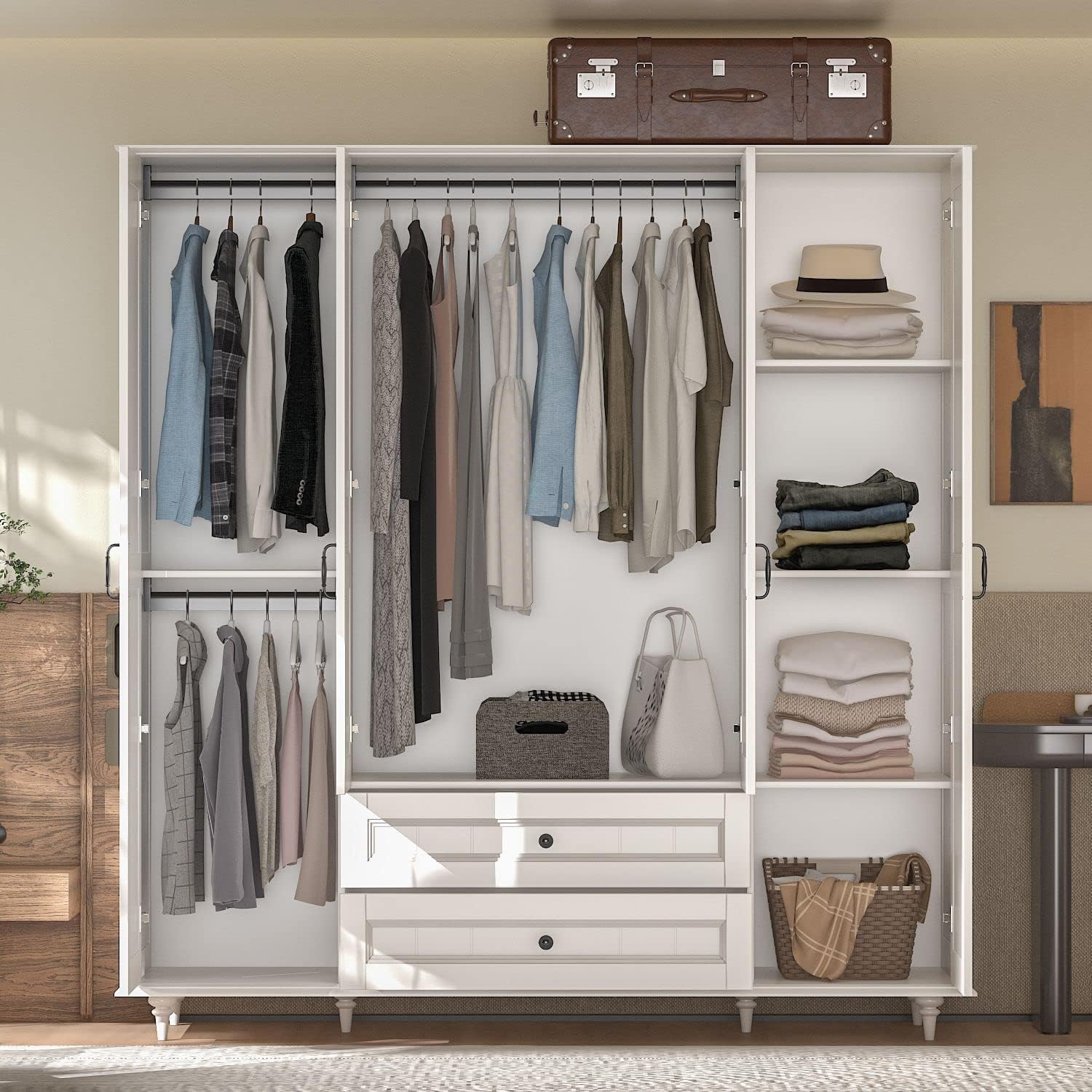
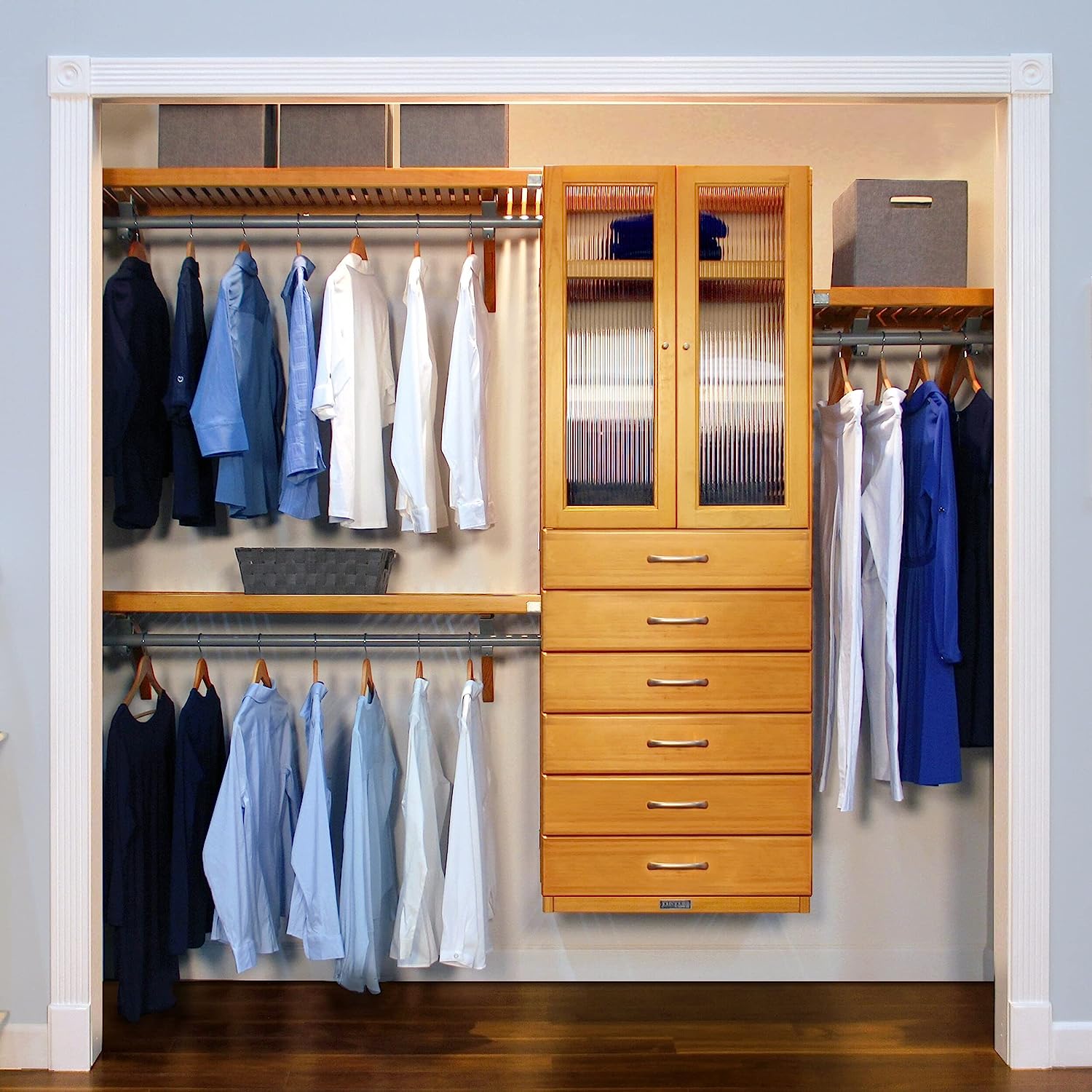
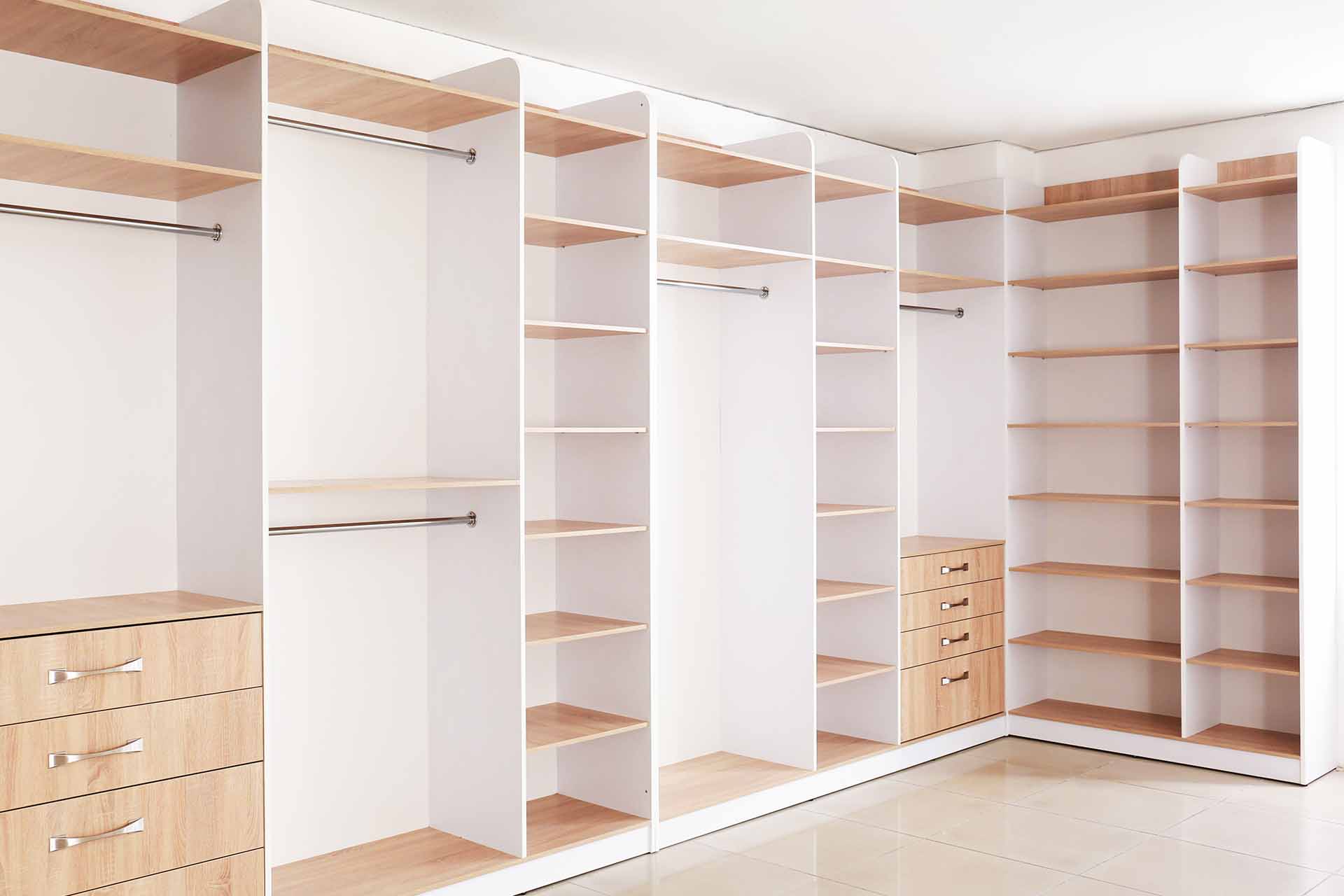
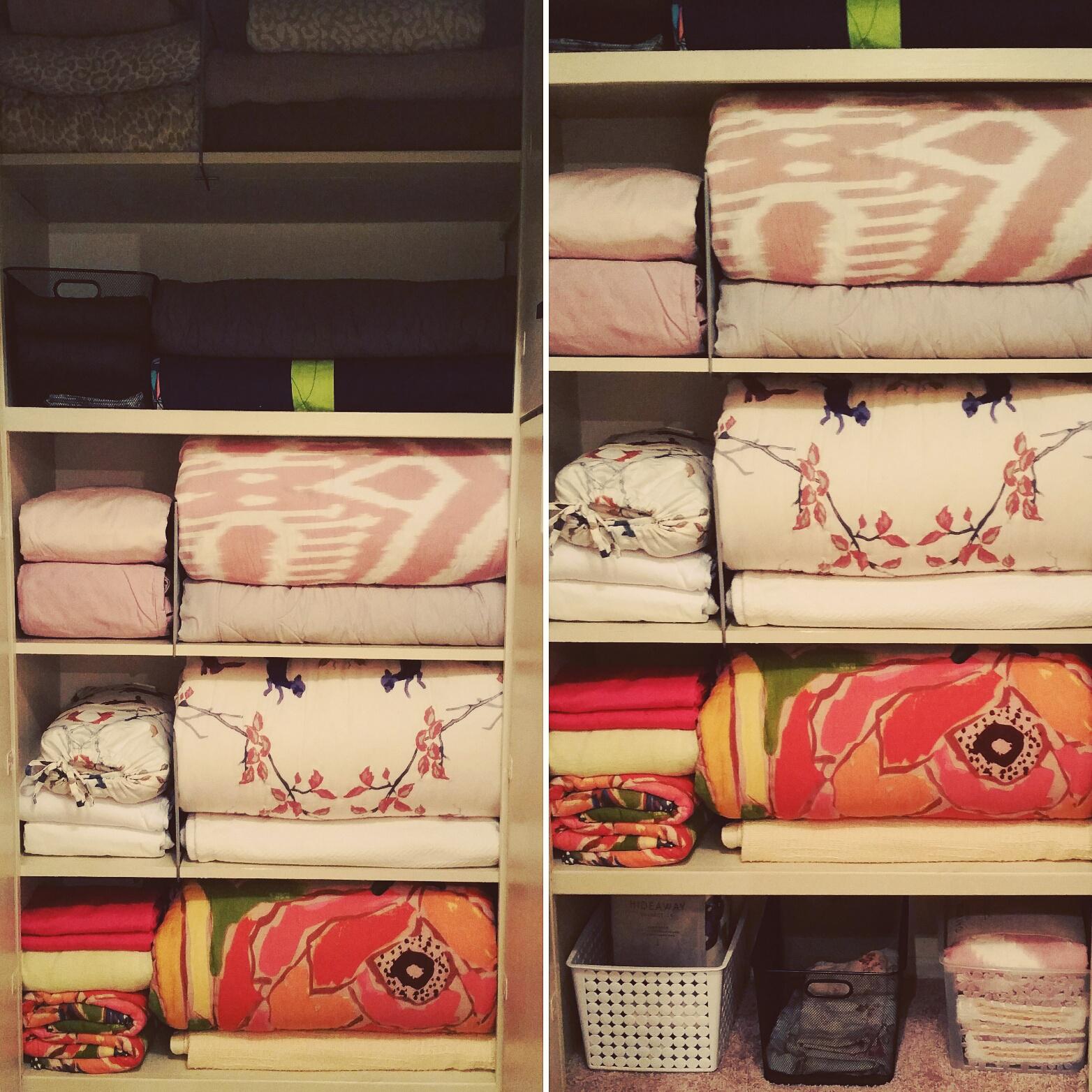
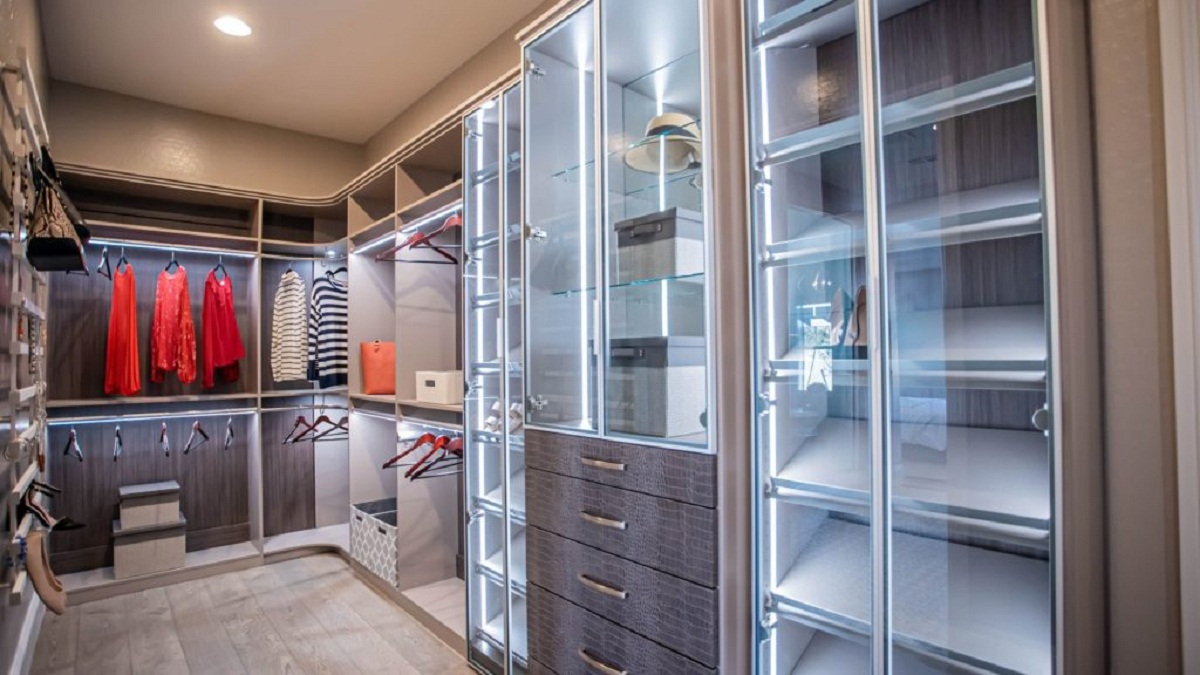
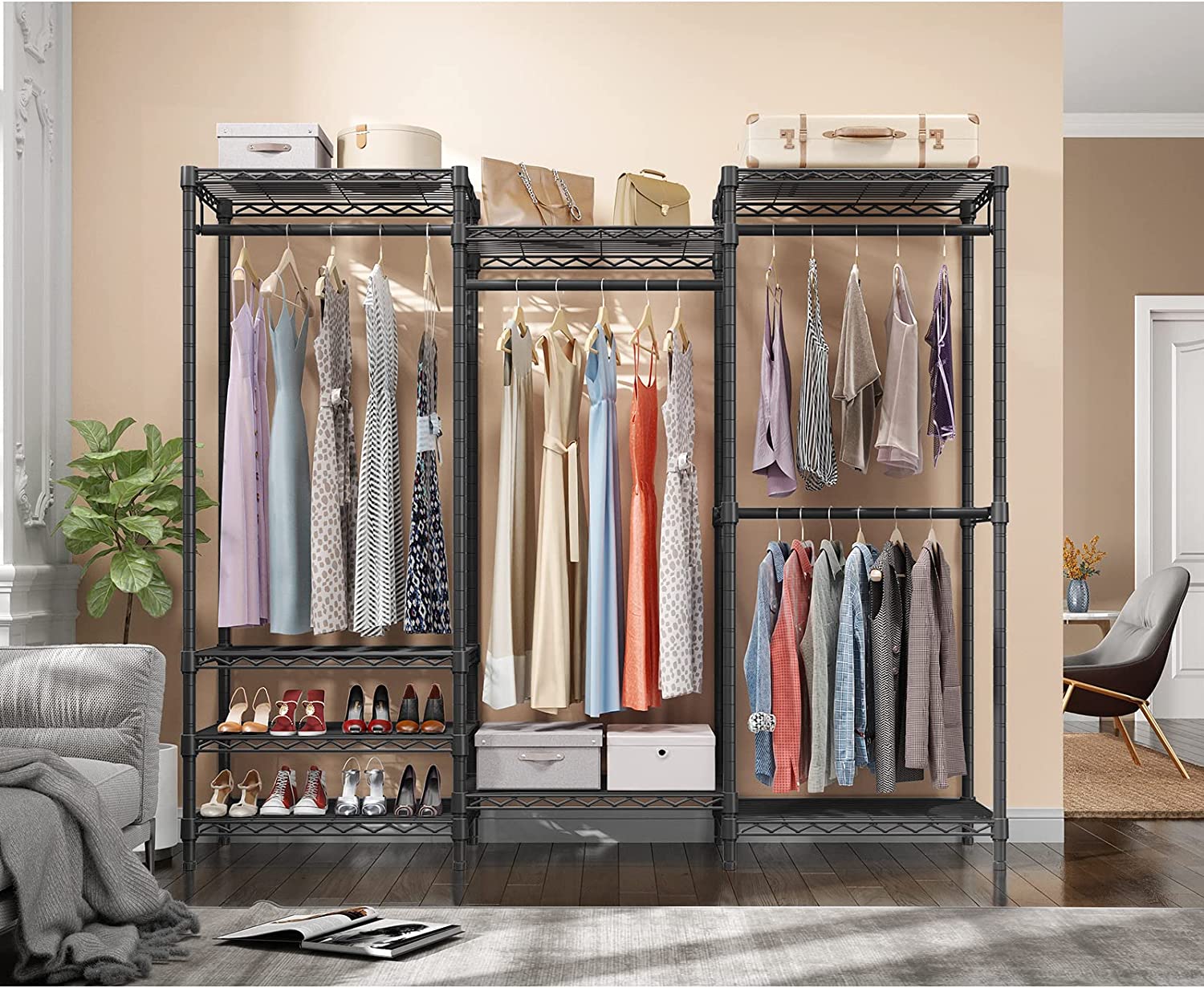
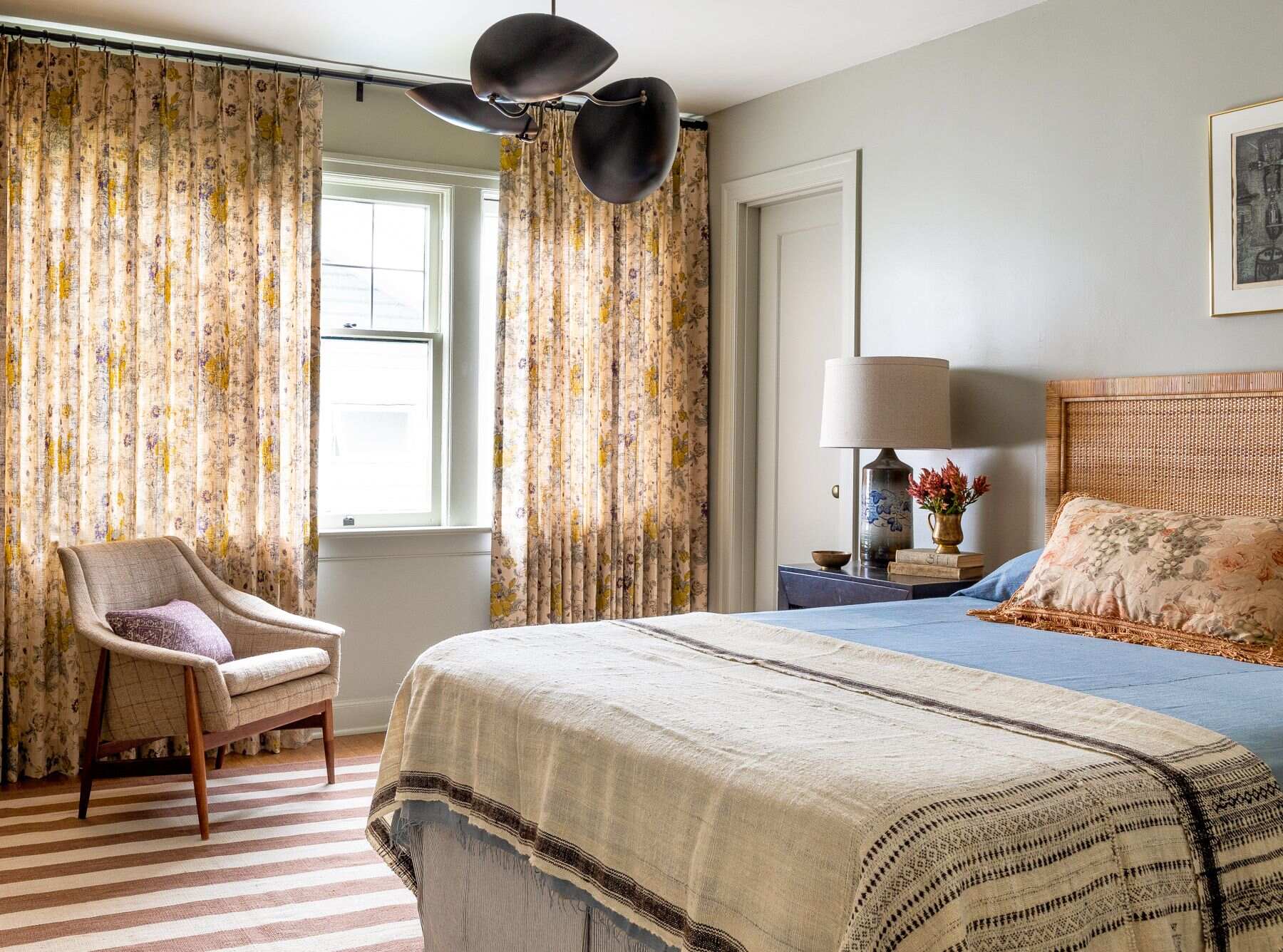
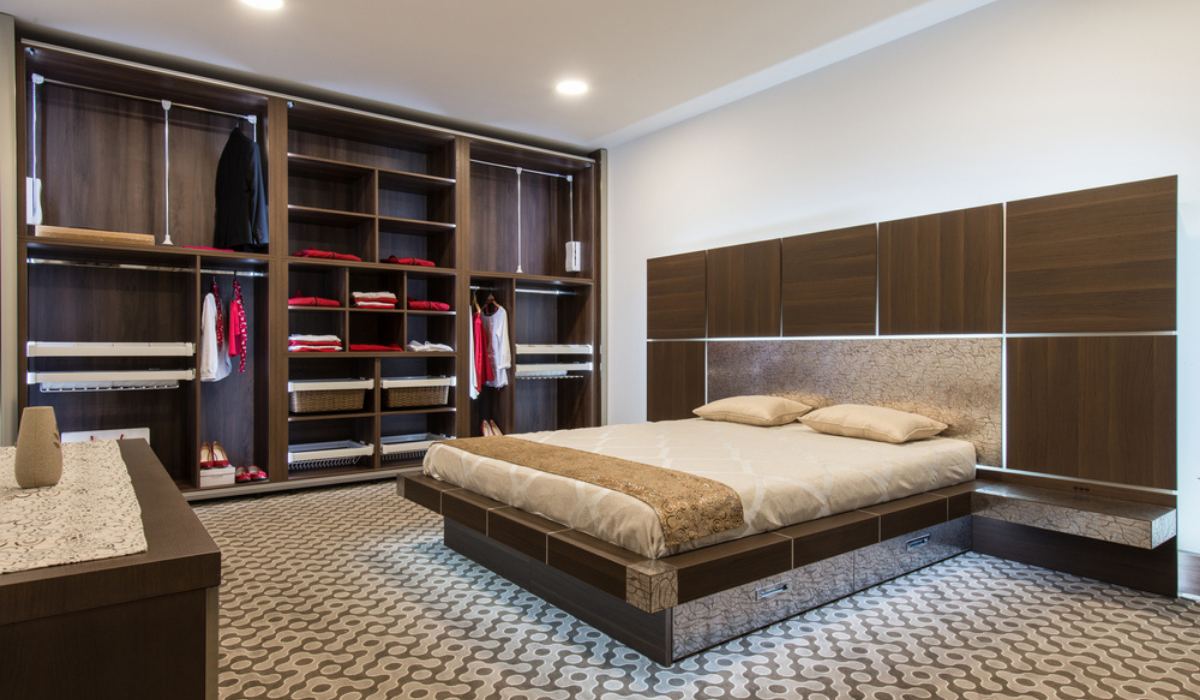
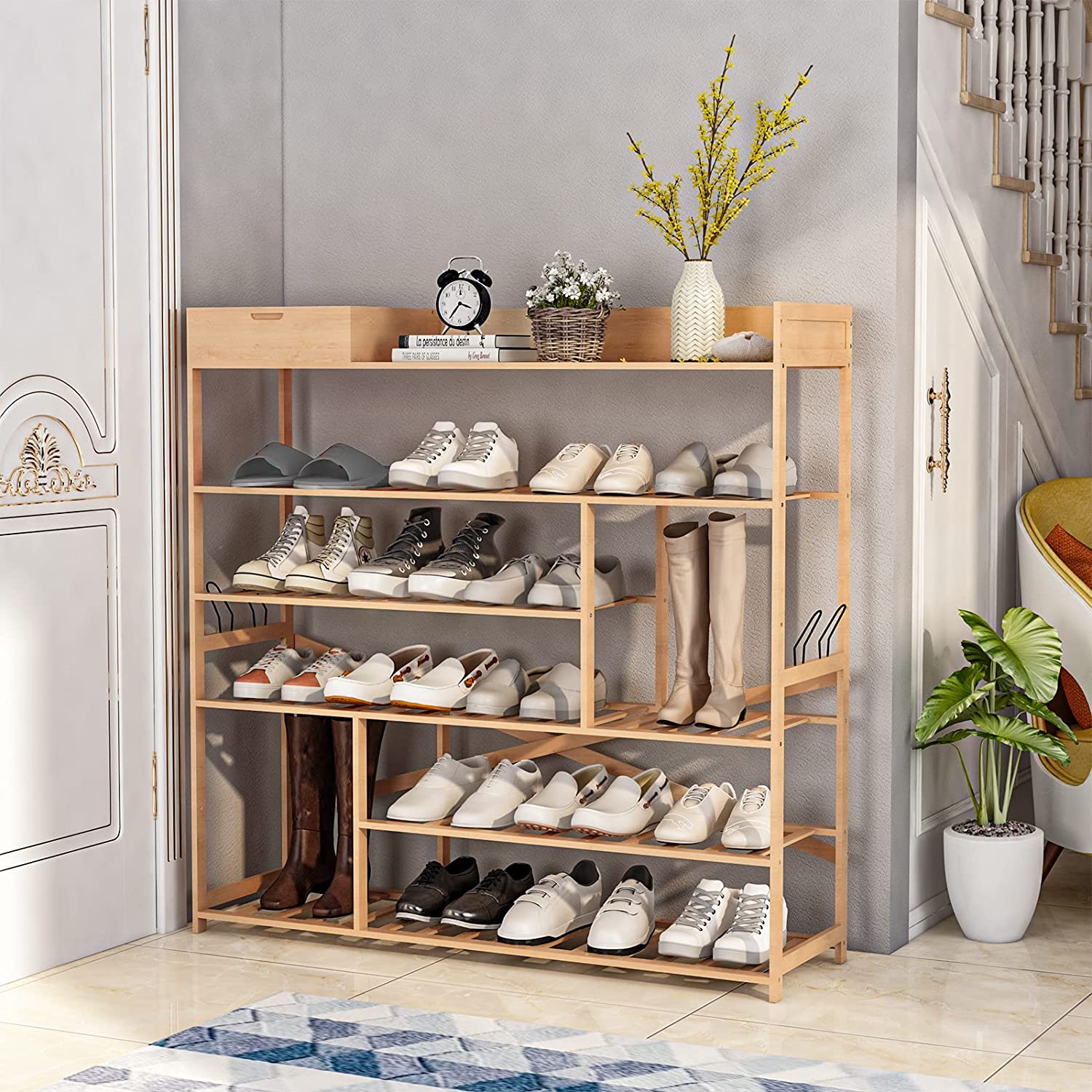
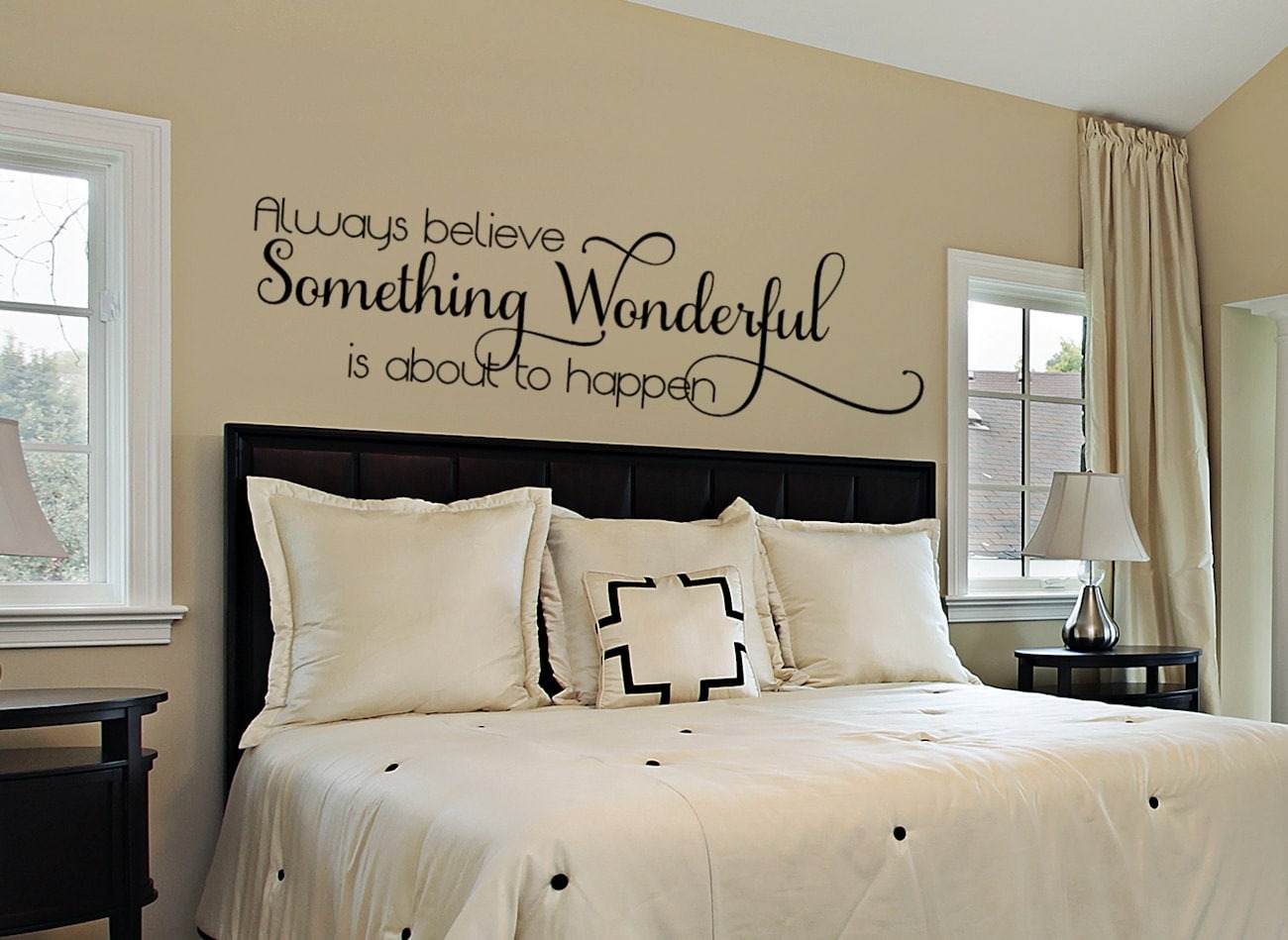
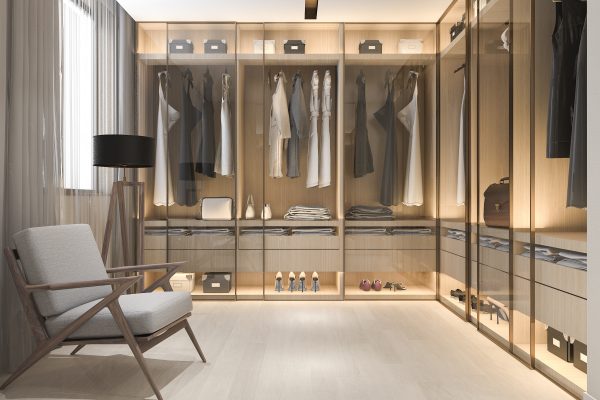

0 thoughts on “How To Build Bedroom Closet”